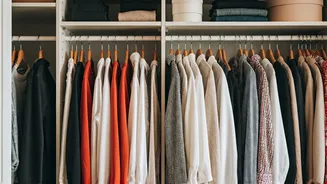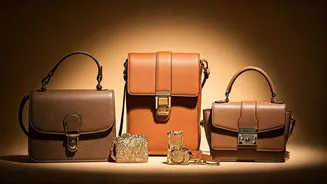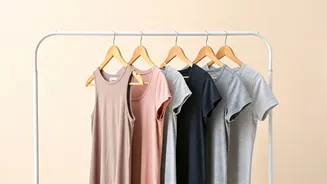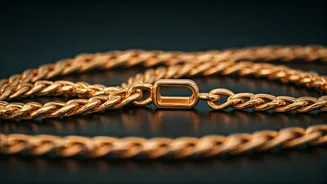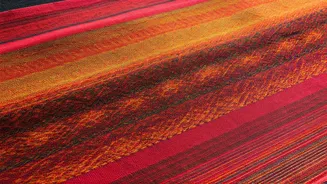Closet Decluttering First
The initial step towards a refreshed wardrobe is a thorough closet declutter. Begin by removing everything and evaluating each item. Ask yourself pertinent
questions: Does it fit well? Is it something you truly love and wear? Does it suit your current lifestyle? If an item no longer fits or you haven't worn it in over a year (with exceptions for seasonal pieces), consider donating, selling, or repurposing it. Separating items into distinct categories – keep, donate, sell, and repair – will simplify the process. A decluttered closet allows you to better see and utilize the clothing you already own, maximizing your style possibilities.
DIY Fashion Fixes
Embrace the world of DIY fashion alterations to extend the life of your garments and personalize your style. Simple adjustments can significantly transform your clothing. Learn basic sewing skills, like hemming pants or repairing seams. Consider altering the fit of pieces that no longer flatter you perfectly. For example, a slightly oversized shirt can become more tailored with a few tucks, and a long dress can be transformed into a midi skirt. Online tutorials are great resources for beginners, making alterations accessible, even with minimal experience. These small changes can bring new life to pieces, reducing the need for constant shopping.
Swap Clothes with Friends
Organize clothing swap events with friends. This is an excellent method to refresh your wardrobe without spending money, while also promoting sustainability by extending the life cycle of clothing. Encourage your friends to bring items they no longer wear. Ensure everyone brings clean, good-condition clothes. Set up a system for selecting items, ensuring a fair distribution. Consider themes to make the event more fun and create specific style directions. Swapping clothes not only provides access to new styles but also fosters a sense of community and provides a platform to exchange fashion ideas.
Invest in Basics Smartly
Focus on investing in versatile, high-quality basics as a foundation for your wardrobe. These foundational pieces can be mixed and matched to create numerous outfits, and they are typically timeless. Items such as a well-fitting pair of dark-wash jeans, a white button-down shirt, a classic black blazer, and neutral-colored tees and sweaters are essential. Prioritize quality over quantity; a few well-made pieces that fit well will always serve you better than many poorly made, trendy items. Choose neutral colors that coordinate easily, allowing for a wider array of styling options. Building a wardrobe around core basics provides a solid base.
Thrift Stores & Sales
Embrace thrift stores and sales to find unique pieces and great deals. Thrift stores offer a treasure trove of clothing at a fraction of the original price. Visit them regularly to find hidden gems, vintage items, and designer pieces. Before buying anything, inspect the clothes for damage and consider how they can be incorporated into your existing wardrobe. Make use of sales to maximize your savings. Timing is crucial; sales at the end of seasons often provide the best discounts. Also, explore online marketplaces and apps for even more affordable options. By shopping smartly in these venues, you can expand your wardrobe without stretching your budget.
